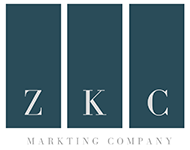Mass Tort
A mass tort is a civil action involving numerous plaintiffs against one or a few corporate defendants in state or federal court. In most cases, mass tort claims are brought when consumers are injured on a large scale by defective drugs or defective products. The large number of caseloads in mass torts across multiple jurisdictions are usually unified for fact finding and discovery into a single Multi-District Litigation (MDL) in one district. The purposes of this transfer or “centralization” process is to avoid duplication of discovery, to prevent inconsistent pretrial rulings, and to conserve the resources of the parties, their counsel and the judiciary. According to the U.S. Judicial Panel on Multi-District Litigation, there have been 361 docket requests for MDLs over the last six years, an average of 60 a year. This represents a much larger number of underlying cases; for example, the JPMDL acted upon 46,509 civil actions in 2013.
Lawyers working on mass tort cases nearly always work on a contingency basis, with fees typically in the range of 30% to 40% of plaintiff judgements. These fees can be substantial, as settlements on the most widely prosecuted matters over the past few years range from a few thousand dollars to a million dollars. Lawyers face significant challenges, however, in pursuit of those fees. To begin with, cases are generated mostly through mass media, which requires both marketing expertise and a substantial capital base to underwrite media costs. Additional funding is required to qualify the cases and to pay for the discovery documenting a client’s standing and medical history. After the investment in case acquisition and discovery is made, it can then take years for cases to be resolved and settlements reached.
